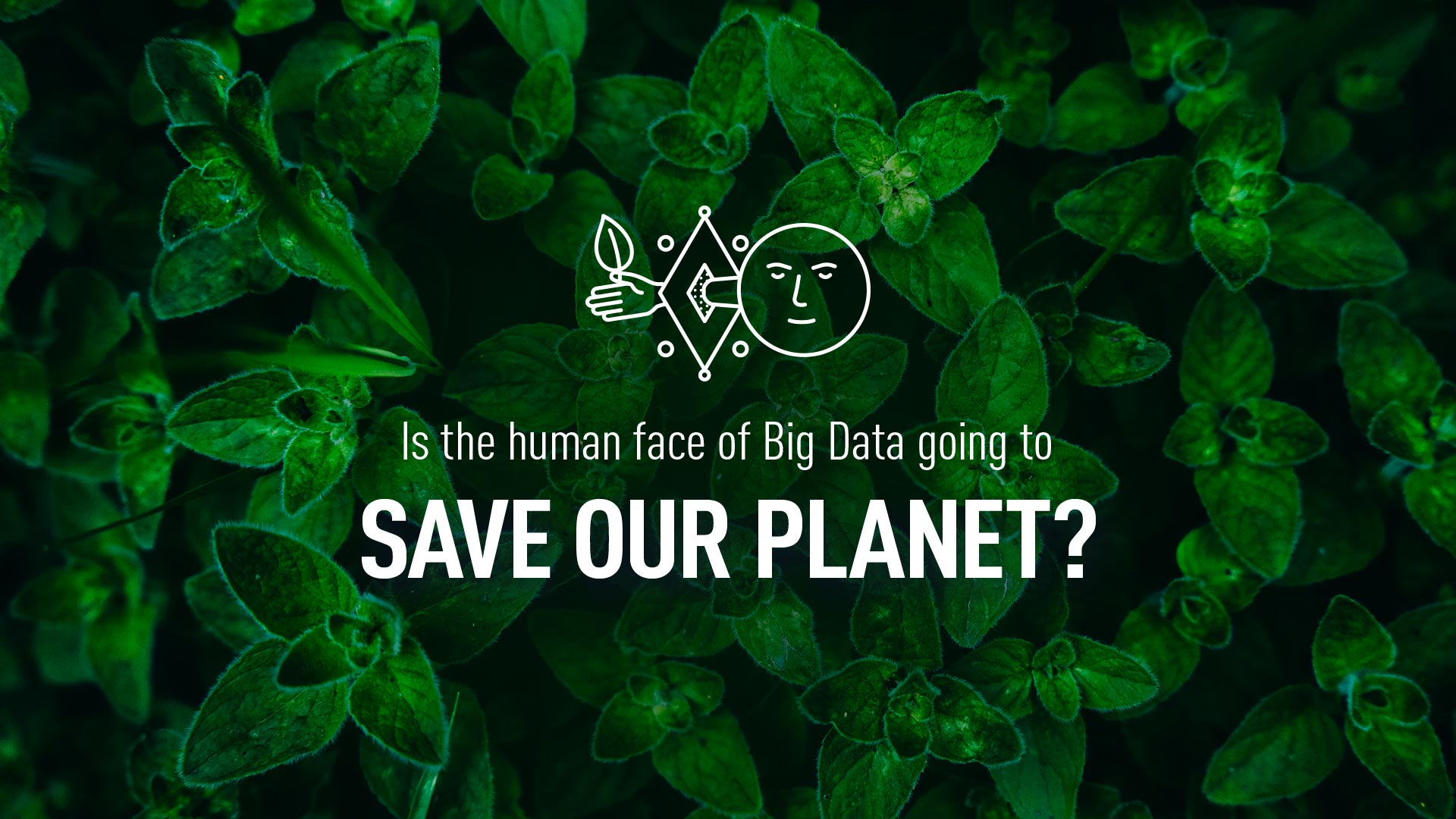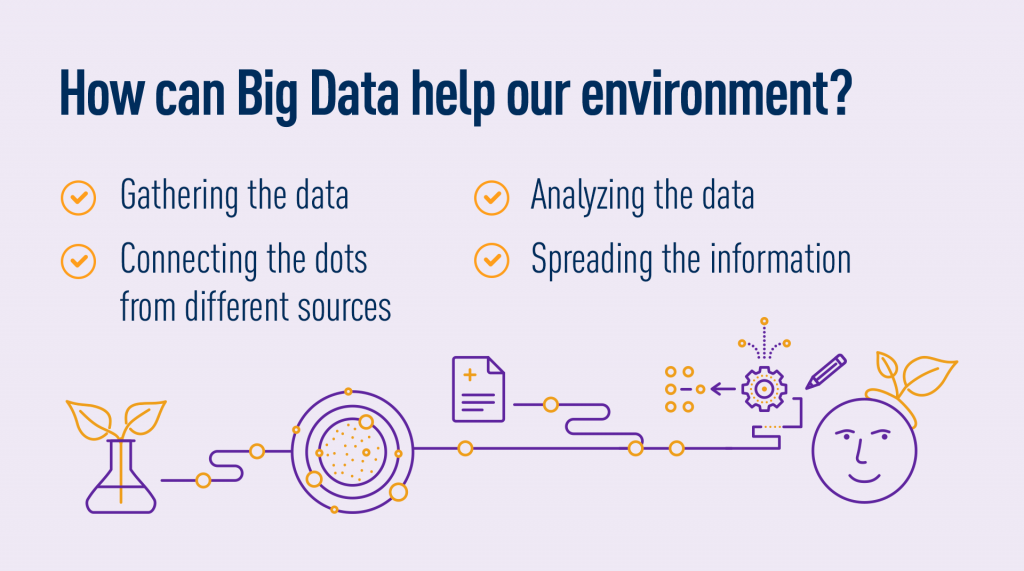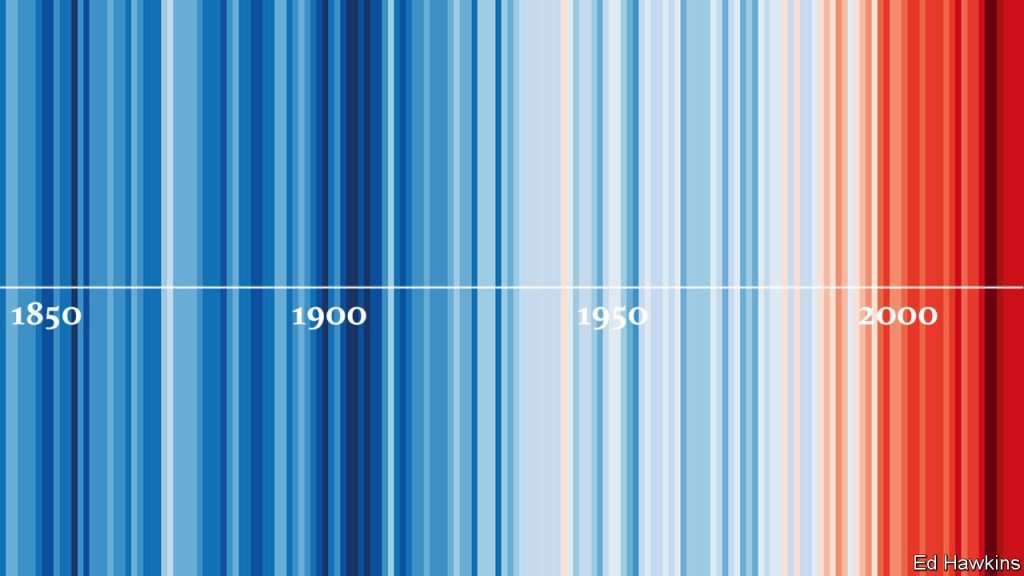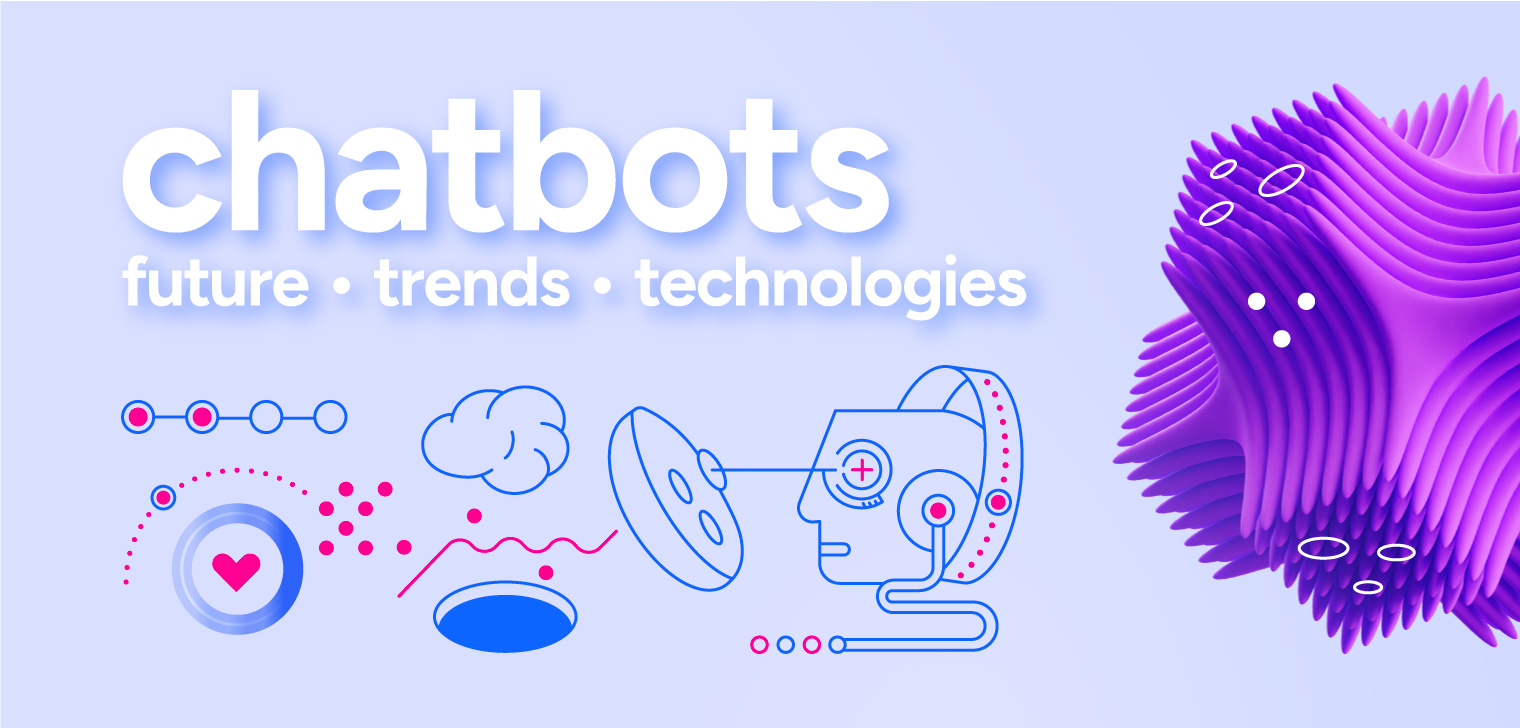Insights
- category:
Is the human face of Big Data going to save our planet?

There is an ongoing discussion about Big Data since the moment this word appeared in our dictionaries. Not all people understand the importance of this matter, and, in such, are terrified because of it. They are focused on privacy and security issues, as most of them think about Big Data as the way for government or corporations to install stuff on our computers and spy on us. Is there a way to show the human face of Big Data, that can also become one of the most reliable tools to help our environment? Is the “green data” going to save our planet? In the article below, we’re going to contemplate that issue.
The human face of big data
With the rapid growth of technology, it’s no wonder that some negative scenarios are coming to our heads. The Big Data issue is no different. Instead of focusing on the bright side and the enormous development brought to us, we’re still mostly afraid. Our privacy, our secrets, our conversations – we’re scared that they might be used for somebody’s benefit, without consent.
Showing the human face of Big Data is essential, as we truly need to understand that it can be used to refine our current understanding of lots of different things. Thanks to the development of Big Data we can get a deeper understanding of our cognitive development and health, we can gain more insights about our climate, or we can get our government to be more responsive towards our needs.
As most of us already use social media and different apps to spread information about us to the world, or wearable devices to monitor our daily activities, we shouldn’t be so afraid. We benefit from technology, while also instead of being mindful about using it, we are stressed and worried. Technology is now linked to us and became a sort of our extension, so we should think of starting to cooperate with it. But being blindly optimistic about it is also not a perfect solution. Ideally, we should keep an open mind.
Saving our planet with the help of green data
Green data is a term, used for the tendency of “going green” by companies that are using Big Data daily. Climate change is now one of the greatest challenges, and big environmental data is helping us to understand it all. The application of Big Data to stop global warming is what is known as green data. As we previously mentioned, our environment and ongoing discussion on what we can do to save our planet is a crucial matter, so we need to think of ways how we can help. Let’s focus on green data!

Monitoring the data
The first step in finding a solution is to understand the issue as much as possible. We need to learn how to grasp climate change, understand what is happening to our planet and what’s causing all these environmental changes. More importantly, we need to know that the world today is a bit different from the world of yesterday, and how we can use all this information to predict the state of the world tomorrow.
Therefore, we can use Big Data for monitoring changes in the climate systems, land patterns, storms, floods, climate condition, pollution, or variations in the biodiversity in the oceans. Such amounts of data gathered for such a long time can now be differentiated, and it’s possible to regulate and search for solutions regarding climate change.
Climate science has four main data inputs. Thanks to this data, scientists can generate an entirely new possibility to restrict unbalanced changes in climate. Many organisations focus on the importance of data-related climate change surveys conducted worldwide through IOTs.
Microsoft’s Madingley is a ‘next-generation’ model of ecosystems and biodiversity that aims to inform about the impacts of peoples’ choices on biodiversity and ecosystem services and on trajectories of biodiversity changes. EMC, together with Acadia National Park scientists, developed eBird and iNaturalist websites that allow park administrators to monitor impacts of climate change on wildlife. United Nations launched Big Data Climate Change Challenge, a competition which promotes data-driven climate change projects. That’s not all examples, but it’s a good start. Especially when talking about Big Data’s human face!
Data for forests
Each year one hundred thousand square kilometres of wood is lost because of human actions, making deforestation one of the most significant issue regarding climate change. Preventing some of this type of activity is a very tiresome task that takes a lot of human resources. Combining data captured via satellite imagery and AI to monitor forests and land is one way to help in resolving the issue.
AI can distribute sound-detecting sensors that are hidden, solar-powered, and prepared to withstand extreme conditions. They upload sounds to the cloud, where AI detects any sign of chainsaw and notifies the local authorities. AI can also analyse satellite images and search for patterns that show possible deforestation preparation. It allows local authorities to not only see deforestation but also predict it before it starts, and prevent it.
Projects such as Eyes on the Forest focus on investigating deforestation and land grabs in Indonesia, but to create the full picture, it should be combined with other information. Trase platform is another project that can be of help. It connects independent data sources to reveal the trade flows for commodities such as beef, soy and palm oil that are now responsible for almost two-thirds of tropical deforestation.
The platform aims to show to the world our global supply chains, using publicly available data. Trase can make the connections between consumer countries via trading companies to the places of production. Using existing data such as customs records, tax registration data, production or shipping data, Trase shows a bigger picture of how exports have an impact on agricultural conditions. It can also allow companies, governments and others to understand all the risks better and show opportunities for more sustainable production.
Spreading the news
With such rapid changes in our climate, it’s hard to believe that there are people who haven’t heard about this issue. Unfortunately, it’s true. And there are also lots of people who deny such indisputable fact. We have to do as much as we can to spread the news about climate change and how we can help. Therefore, in showing the human face of Big Data, it’s crucial to spread awareness.

The Big Data Climate Change Challenge, organised by the U.N., or collective efforts of NASA, the U.S. EPA or Global Pulse are just the start. They’re focusing on checking social media for various discussions, mentions of the topic, or tracking tweets regarding climate change. Global Pulse is building a map of tweets’ relevancy, that can even be divided by various topics. You can see which aspects of helping the environment the public is interested in the most.
Modern analytics tools, Big Data technologies, green data, AI and machine learning, will play a crucial role in the future of climate change. All these technologies do have some limitations to overcome, but thanks to the constant development, it can always be applied in new, innovative ways. If we can use it in the right direction, we can also use it to help our Earth.
How can TASIL help?
Companies that rely on Big Data can also serve a bigger cause in helping with saving the environment. For example, telecoms with the location data can provide its customers with information on the carbon footprint they generate, while encouraging them to limit it. Similarly, a retailer who has information about customers’ purchases can tell them how much plastic they use and promote greener alternatives.
Such solutions can be built thanks to real-time marketing engine such as RETIXA, the basis of TASIL. Even commercial solutions can be used to inform citizens better. TASIL Oman has already proven that when it comes to a more significant cause, it can be a useful tool. You can read the story here.
By gathering data, analysing it and providing valuable insights, TASIL can be of help in fighting climate change. Data is a resource that cannot be overestimated. It is possible not only to build innovations to improve your business but also to improve the quality of life and ensure a better tomorrow for the next generations.



